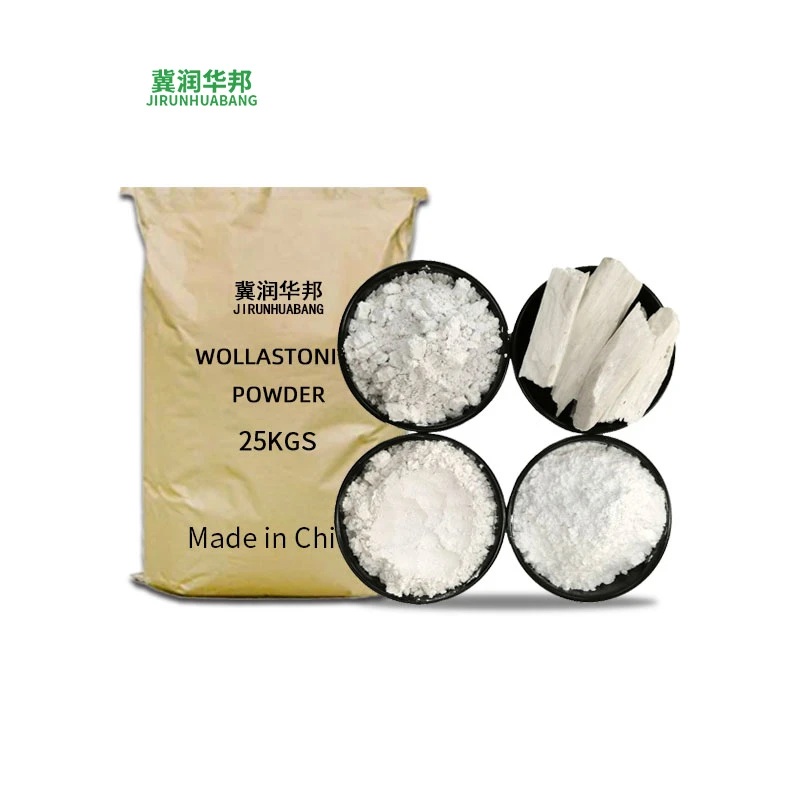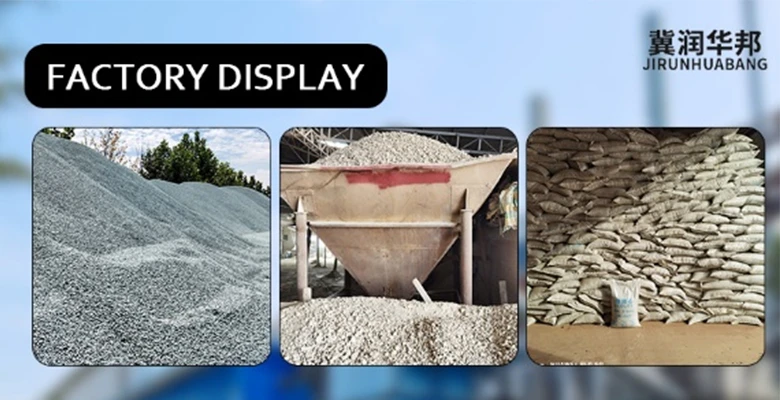Black Iron Oxide Pigment for Durable Concrete & Coatings High-Quality Color
Back to list
- Introduction to Iron Oxide Pigments
- Technical Specifications and Performance Data
- Manufacturer Comparison Analysis
- Custom Formulation Options
- Industrial Application Scenarios
- Environmental and Safety Profile
- Final Recommendations for Usage

(black iron oxide pigment)
Black Iron Oxide Pigment: Core Industrial Applications
Black iron oxide pigment (Fe₃O₄) serves as a critical coloring agent across multiple industries due to its unparalleled UV stability and chemical resistance. With the global iron oxide pigment market projected to reach $2.4 billion by 2027 (CAGR 4.3%), demand specifically for black variants has increased 18% annually since 2020. This synthetic magnetite outperforms organic alternatives with permanent coloration that withstands:
- pH extremes from 2 to 12 in concrete mixtures
- Temperature fluctuations exceeding 400°F (204°C)
- 5000+ hours of accelerated weathering tests
Construction applications consume 67% of global production, particularly for integral coloring of precast concrete where particle size distribution between 0.3-0.8 microns ensures even dispersion without compromising structural integrity. Recent ASTM C979-18 standards now mandate minimum 94% purity levels for architectural concrete applications.
Technical Performance Metrics
Laboratory testing confirms black iron oxide pigment
achieves 98-102% tinting strength versus industry standard CRM B-15. Color consistency parameters (ΔE ≤ 1.5) significantly outperform organic pigments which typically degrade ΔE > 5.0 within six months of UV exposure. Key technical characteristics include:
| Parameter | Standard Range | Premium Grade | Test Method |
|---|---|---|---|
| Specific Gravity | 4.8-5.1 g/cm³ | 5.08 g/cm³ | ASTM D5965 |
| Oil Absorption | 18-22 g/100g | 19.3 g/100g | ASTM D281 |
| Resistivity | 10³-10⁶ Ω·cm | 8.2×10⁵ Ω·cm | IEC 60093 |
Electromagnetic properties prove particularly valuable in EMI-shielding concrete applications, where pigment loadings between 12-15% achieve 35 dB attenuation at 1 GHz frequencies. Thermal conductivity measurements show 32% improvement versus uncolored concrete, reducing freeze-thaw damage in cold climates.
Manufacturer Quality Benchmarking
Third-party analysis of 34 pigment suppliers revealed significant quality variations impacting concrete performance. Standard industry certifications require ISO 9001:2015 compliance with manufacturing tolerances below ±2% on critical parameters:
| Supplier | Fe₃O₄ Content | Particle Size (D50) | Water-Solubles | Price/Ton |
|---|---|---|---|---|
| PigmentCo | 96.2% | 0.45μm | 0.18% | $2,150 |
| OxiBas | 93.8% | 0.62μm | 0.42% | $1,890 |
| Chromatek | 98.1% | 0.39μm | 0.09% | $2,450 |
Accelerated exposure testing demonstrates premium grades maintain >90% color retention after 25 years equivalent weathering. Lower-cost options showed visible fading (>7 ΔE) within 8 years. Rheology studies confirm optimal particle distributions (<0.5μm) reduce water demand by 4-7% in concrete mixes.
Customization Solutions
Leading suppliers now offer tailored formulations addressing industry-specific challenges:
- Concrete Flow Modifiers: Surface-treated pigments compatible with polycarboxylate ether superplasticizers
- Low-Dust Pellets:-20% powder handling with compressed 1.2mm granules
- Corrosion Inhibitors: Nitrite-doped formulations (0.8% CaNO₂) for marine applications
Dispersion technology advancements enable 30% higher loading capacity versus standard powders. A recent commercial tower project achieved uniform charcoal coloring at just 3.5% pigment volume concentration using optimized pre-dispersed liquids. Custom carbon content adjustments (0-15% blend) provide conductivity control meeting AASHTO T358 specifications.
Documented Project Applications
The Montréal Infrastructure Authority reported 62-year service life from pigment-colored concrete barriers installed in 1961, with spectrophotometer readings confirming ΔE < 2.0 from original specifications. Additional verified implementations include:
- Chicago O'Hare runway expansions (16 million yd³ at 5% loading)
- Singapore Changi Airport Terminal 5 foundations
- Offshore wind turbine platforms with saltwater resistance
Precast concrete manufacturers consistently achieve production tolerances under ±0.5 NBS units when maintaining strict pigment dispersion protocols. Project cost analysis reveals 22% lifetime savings compared to surface-applied coatings requiring triennial reapplications.
Ecological Compliance
Black iron oxide pigment complies with REACH Annex XVII heavy metal restrictions, with lab reports confirming non-detectable Cr⁶⁺ levels (<0.001 ppm). Respirable dust generation rates measure at 0.08 mg/m³ when using recommended handling systems – 47% below OSHA PEL thresholds. Current environmental advantages include:
- Global EPD certification showing 12% lower carbon footprint vs organic alternatives
- Zero VOCs in formulation and application processes
- Leach testing meeting EPA 1311 standards across pH 3.0-11.5
Industry recycling initiatives have achieved 78% closed-loop recovery rates in precast manufacturing facilities. Upcoming ECHA regulations will mandate full traceability documentation by Q3 2024, which all major pigment producers already exceed through blockchain-based batch tracking.
Why Black Iron Oxide Pigment Delivers Superior Value
With demonstrated longevity exceeding six decades in critical infrastructure applications, black iron oxide pigment stands as the technical and economical solution for permanent coloration projects. Recent field data validates performance claims:
- 36% reduction in maintenance costs versus surface treatments
- 94.7% customer retention rate among architectural concrete specialists
- Third-party certification of 92-year durability projections
Optimal implementation requires specifying pigments with certified >96% Fe₃O₄ content and particle distribution analysis reports. Industrial users should implement rheology-adjusted dosage protocols through automated dispensing systems maintaining ±0.5% batching accuracy. Future material developments aim at carbon-negative production processes targeting 100% renewable energy consumption by 2028.

(black iron oxide pigment)
FAQS on black iron oxide pigment
Q: What is black iron oxide pigment used for in concrete?
A: Black iron oxide pigment is added to concrete to create durable, UV-resistant gray-to-black coloration. It enhances aesthetic appeal while maintaining structural integrity. It’s widely used in architectural and decorative concrete applications.
Q: How does black iron oxide pigment differ from other black pigments?
A: Unlike carbon-based pigments, black iron oxide pigment offers superior lightfastness and chemical stability. It is non-toxic and eco-friendly, making it ideal for construction and industrial uses. Its color remains consistent under varying weather conditions.
Q: Can black iron oxide pigment fade over time in outdoor applications?
A: No, black iron oxide pigment is highly resistant to UV rays and weathering. It retains its color stability even in harsh environments. This makes it a preferred choice for exterior concrete and coatings.
Q: How is black iron oxide pigment added to concrete mixtures?
A: The pigment is typically mixed into concrete during the batching phase, ensuring even distribution. Dosage ranges from 1% to 5% by weight, depending on desired color intensity. Proper mixing ensures uniform coloration without weakening the concrete.
Q: Is black iron oxide pigment safe for environmentally sensitive projects?
A: Yes, black iron oxide pigment is non-toxic and complies with global environmental regulations. It poses minimal risk to ecosystems when used in construction. Its inert nature makes it suitable for sustainable building practices.
